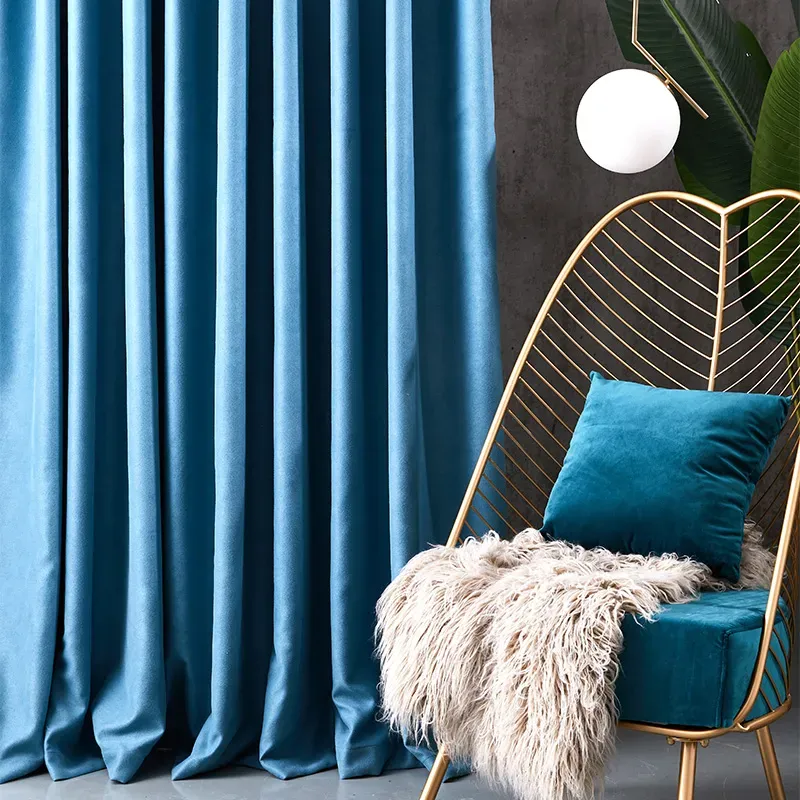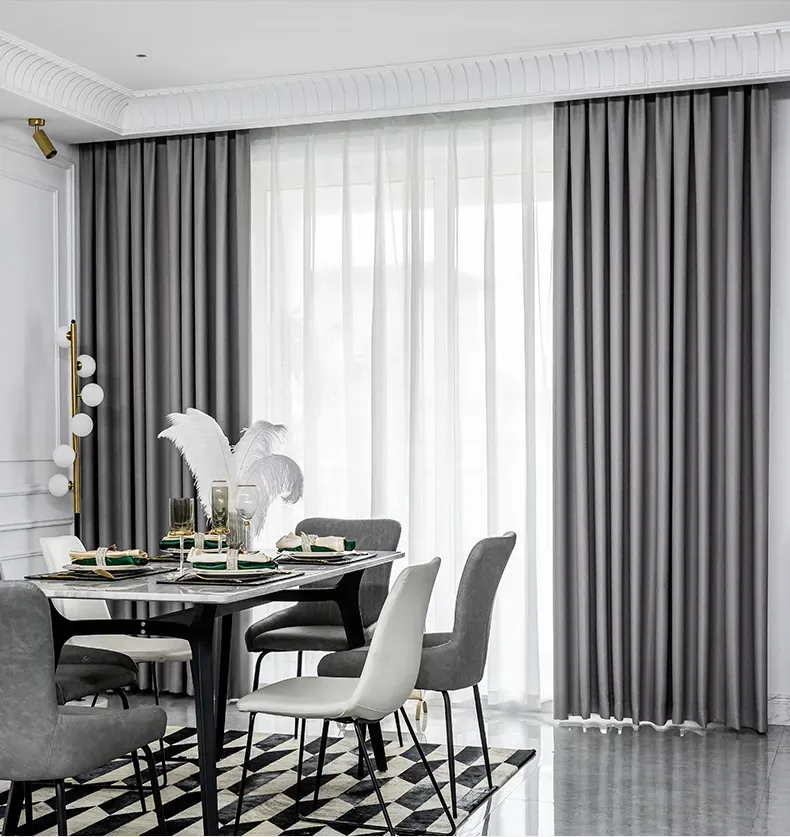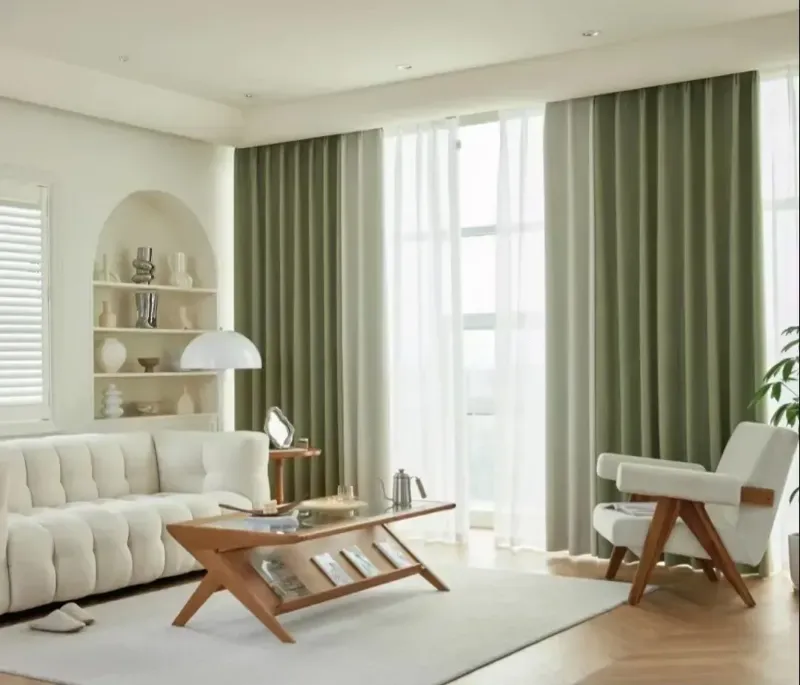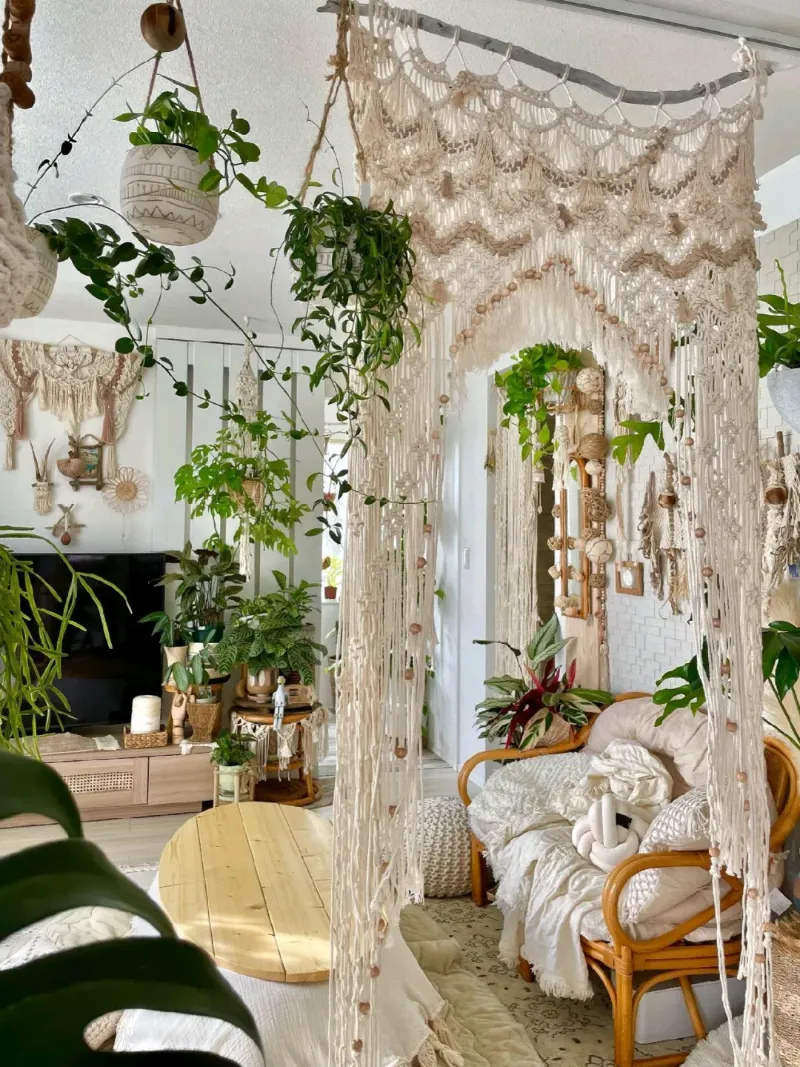The Art of Curtain Colors
May 16,2023 | SEEYE
Introduction:
Curtains not only serve the practical purpose of providing privacy and controlling light in a room, but they also play a significant role in enhancing the overall aesthetics and ambiance of a space. One aspect that greatly influences the impact of curtains is their color scheme. In this blog post, we will explore the art of curtain colors and how they can transform your space with style.
1. Understanding the Psychology of Colors:
Colors have the power to evoke specific emotions and create different moods in a room. When choosing a curtain color scheme, it's essential to consider the psychology behind different colors.

- Blue:
Blue is known for its calming and soothing effect. It promotes relaxation and tranquility, making it an ideal choice for bedrooms or spaces where you want to create a serene atmosphere.

- Yellow:
Yellow represents happiness, energy, and warmth. It can bring a cheerful and vibrant feel to any space. Consider using yellow curtains in areas where you want to create an inviting and lively atmosphere, such as the living room or kitchen.

- Gray:
Gray is a versatile color that can create a sense of sophistication and elegance. It pairs well with various color schemes and works particularly well in contemporary or minimalist spaces.

2. Creating a Harmonious Color Palette:
To create a harmonious color palette for your curtains, consider the following tips:
- Complementary Colors:
Selecting complementary colors can add visual interest and create a vibrant look. Complementary colors are those that are opposite each other on the color wheel, such as blue and orange or green and red. For example, if your room has predominantly warm tones, choose curtains in a cool color to create a balanced contrast.

- Analogous Colors:
Analogous colors are adjacent to each other on the color wheel, such as blue and green or orange and red. These colors create a sense of harmony and cohesion. Consider using curtains in analogous shades to create a seamless flow of colors in your space.

- Monochromatic Colors:
If you prefer a more subtle and cohesive look, opt for monochromatic colors. Monochromatic color schemes involve using different shades and tones of a single color. For instance, you can choose varying shades of gray for your curtains to create a sophisticated and unified appearance.

3. Considering the Overall Theme and Style:
When choosing curtain colors, it's important to consider the overall theme and style of your space. Different colors can evoke different moods and complement specific design aesthetics.
- Traditional Style:
If your space has a traditional or classic style, consider rich and deep colors such as burgundy, navy blue, or forest green. These colors can add a touch of elegance and timeless appeal to your room.

- Modern Style:
For a modern and contemporary style, opt for neutral colors such as white, gray, or beige. These colors create a clean and minimalist look, allowing other design elements to take center stage.

- Bohemian Style:
If you embrace a bohemian or eclectic style, consider vibrant and bold colors. Mix and match patterns and colors to create a visually stimulating and eclectic look. Think about using curtains with intricate prints or ethnic-inspired designs.

Conclusion:
The color of your curtains can significantly impact the look and feel of your space. By understanding the psychology of colors and considering your overall theme and style, you can choose curtain colors that enhance the ambiance and create a visually appealing atmosphere. Whether you prefer calming neutrals, vibrant hues, or sophisticated tones, let your curtains be a reflection of your personal style and create a space that truly feels like home.






